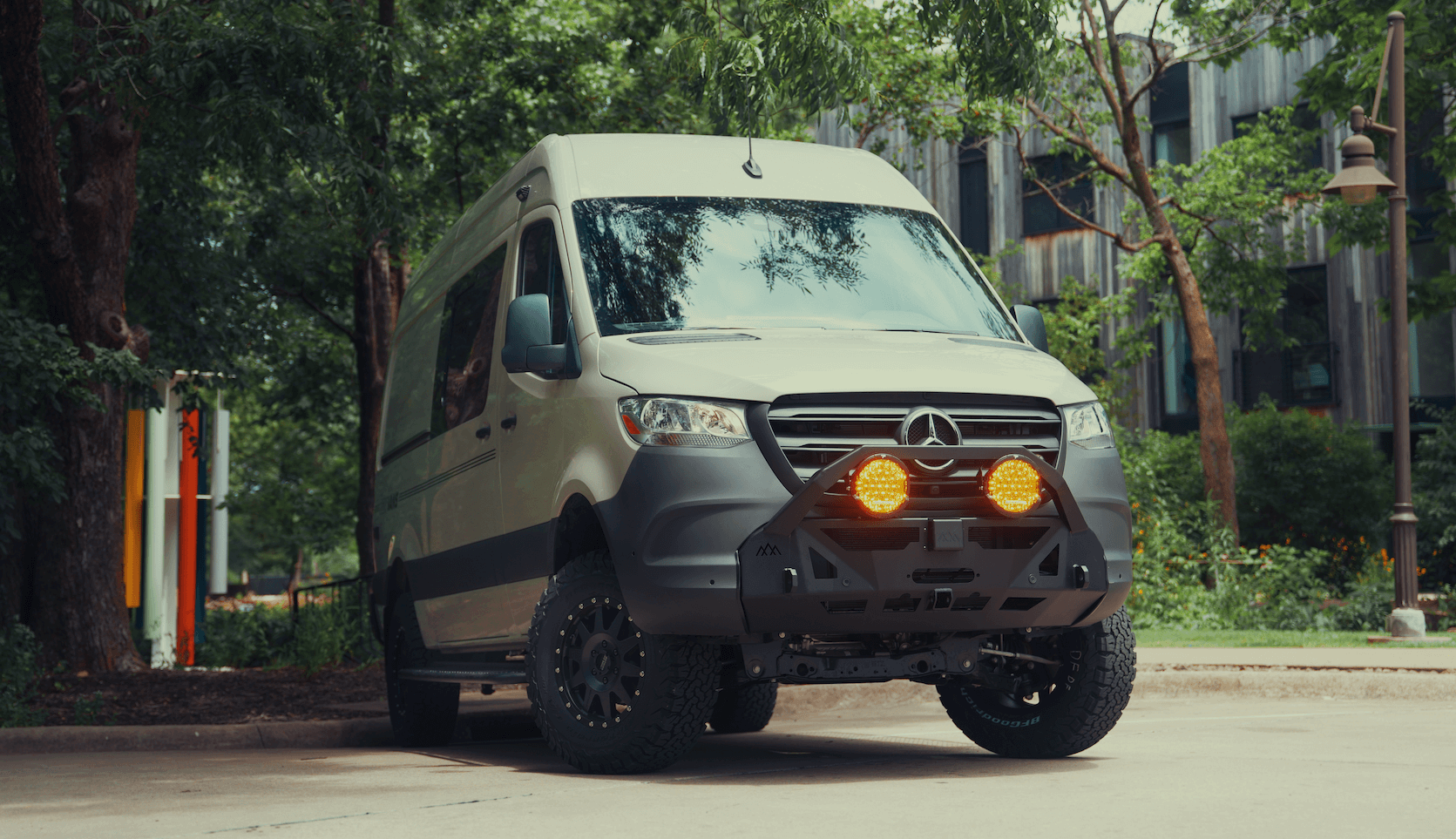Recreational Vans

Choosing the right van size starts with your lifestyle. Wheelbase sets your layout options and highway stability. Roof height controls whether you can stand, stack storage, and install tall cabinets. Overall length affects parking, trailhead access, and ferry fees. Short wheelbase vans turn tightly and slip into city spaces. Long wheelbase and extended length vans make room for gear garages, larger galleys, and enclosed bathrooms.
Short wheelbase vans excel as daily drivers and weekend rigs. They fit bikes with creative stacking, compact galleys, and convertible beds. Mid to long wheelbase vans allow fixed beds, full galleys, and larger water or power systems. Typical examples include 130 to 148 inches for short to standard, and 159 to 170 inches for long platforms. Longer wheelbases track smoothly on the highway but need more room to maneuver in towns and tight trailheads.
Interior height determines comfort. Low roofs keep a stealth profile but require crouching. Medium roofs allow partial standing for many people. High roofs let most adults stand upright, mount overhead cabinets, and cook comfortably. Expect interior heights to vary roughly from low 52 to 60 inches, mid around 65 to 70 inches, and high around 74 to 77 inches depending on model and floor or insulation thickness. Always confirm the spec sheet before planning cabinetry.
Interior length drives the big choices. A fixed bed eats length but keeps setup simple. A convertible bed opens space for a lounge or workstation. If you plan bikes inside, budget 72 to 76 inches of clear length for wheel-on storage. For motorcycles, you will want a long wheelbase or extended length with reinforced tie down points and a durable floor.
Sleeping across the van saves length. Many builders target about 70 to 75 inches of width with wall flares or sculpted panels. Without flares, most vans require sleeping lengthwise unless you are shorter or use diagonals. Lengthwise beds demand longer vans but simplify mattress choices and allow thicker insulation.
Batteries, inverters, water tanks, and heat take real space. A compact electrical system might fit under a bench, while high capacity power often needs a dedicated cabinet. Water systems with a shower can consume 24 to 36 inches of linear space. Decide early which comforts matter most. Off grid air conditioning, tall fridges, and indoor showers all push you toward longer or taller platforms.
Parking is often the deciding factor. If you live in a city or use garages, measure height clearances and stall lengths. Many garages cap at about 80 inches to 84 inches of height. High roof vans usually exceed garage limits once roof racks or fans are installed. Shorter vans are easier to parallel park, make quick U turns, and fit trailhead spaces. Longer vans feel calmer at speed and swallow bulky gear without Tetris tricks.
Payload is the unsung hero. Add the weight of passengers, water, batteries, cabinetry, and gear. It is easy to underestimate. Exceeding payload strains brakes, suspension, and tires. Larger vans often have higher gross vehicle weight ratings, giving you headroom for safe builds. If you tow, check tow ratings and tongue weight. Upgraded suspension can improve ride quality but does not increase legal payload.
Smaller vans often return better fuel economy and wear smaller tires. Larger vans may cost more to maintain and insure. That said, a van that is too small can lead to constant compromises, add-ons, and do-overs. Right sizing at the start saves time and money later.
If you want a simple rule of thumb, pick the smallest van that comfortably fits your non-negotiables. If an indoor shower, fixed bed, and four season insulation are mandatory, you are likely in long wheelbase and high roof territory. If you value nimble city parking and quick trips with a bike or two, a short wheelbase with smart storage works beautifully.
You bring the wish list. We translate it into dimensions, payload math, and a layout that actually works on the road. OZK Customs designs and builds recreational adventure vans with pro fitment, reliable systems, and clean craftsmanship so you can focus on the drive and the destination.
Tell us how you travel, what you carry, and where you park. We will recommend the right platform and a build that fits your life today and your plans tomorrow.
Explore moreAt OZK Customs in Northwest Arkansas, we build complete custom vans and partial upfits for travel, work, and overland trips. From power systems to interiors, we focus on function, safety, and a smooth handoff so you drive away confident and road ready.
Ready to size your van the smart way? Tell us how you travel, what you carry, and where you park. OZK Customs will translate your needs into a dialed layout with the right platform and pro build quality. Start your custom van conversation now.
ADDRESS:
6159 E Huntsville Rd, Fayetteville, AR 72701
PHONE:
(479) 326-9200
EMAIL:
info@ozkvans.com